I'm going through the concept of Micro frontends for the past few days. In Micro frontends, we create bundles of all applications wherein each bundle represents a separate web application and finally we write logic to communicate with these bundles in our base application.
For e.g., let's say we have APP 1, APP 2, and APP 3 are our Micro frontends which we bundled and used in BASE APP.
Is there any way to dynamically load these apps at runtime and without having to create a bundle of individual applications?
I'm aware that we can use iFrame but it doesn't allow cross-origin access to iFrames
